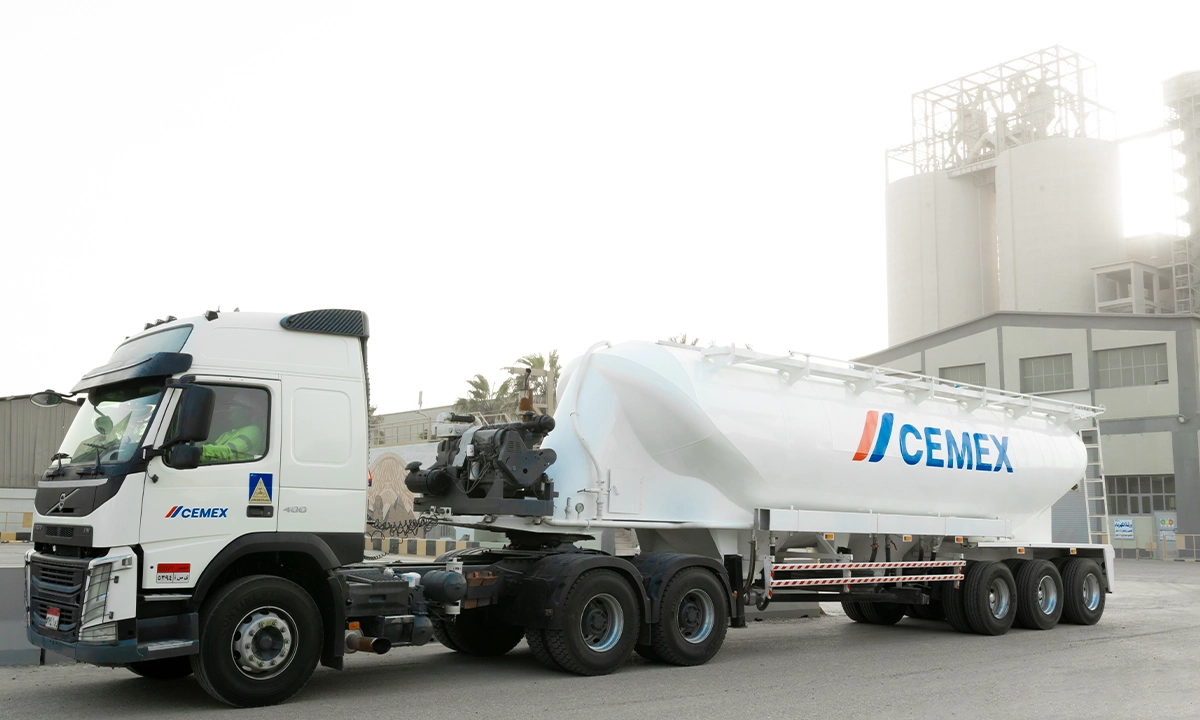Cement
Cemex provides high-performance, innovative cementitious solutions to be the best for customers evolving needs, drawing on our market-leading customer service, technical expertise and logistics capability.

Superior Cement Quality
With over 100 years of experience, Cemex is a global leader in cement production. We carefully select sustainable raw materials and use advanced processes to ensure consistent, high-quality cement. By embracing innovative and environmentally responsible practices, we reduce our impact while delivering strong, safe, and sustainable products that support modern construction needs.
Product Offering
Cemex is committed to deliver the highest quality in the cement sector, we offer a vast variety of cement brands.
Frequently Asked Questions
What is the difference between cement and concrete?
It's simple. Concrete is the finished product, such as sidewalks, foundations, and the surface of many roads. Concrete contains sand, gravel and cement. Cement is the special hardening ingredient (the gray powder) that makes concrete harden. Cement is usually made of 60% lime (limestone), 25% silica, 5% alumina, and 10% other materials, such as gypsum and iron oxide. (Content provided by the Mineral Information Institute, © 2002 www.mii.org )
What is portland cement?
Portland cement is a fine, powder material produced by burning, at high temperatures, a mixture of lime, alumina, iron, and silica in definite proportions. The material is typically mixed with water, sand, and gravel to produce concrete. Cement reacts with water to harden into calcium silicate hydrates resulting in stone-like properties.
How is portland cement made?
Raw materials are finely ground and proportioned for the desired chemistry. The material is then blended and heated to approximately 2700 degrees fahrenheit in rotary kilns. The heated product, called clinker, is allowed to cool, and then is ground to a fine powder.
How does the fineness of portland cement effect its performance?
Typically, cement is ground to very fine particle sizes to enhance its ability to react with water and to increase fluidity in its plastic state. To a point, a smaller particle size improves the mixing characteristics, and strength development of the paste. Finer ground cements tend to set or react quicker than coarser ground products.
Is all portland cement the same?
Although all portland cement is governed by the XXXXXXX specification, all cements are most definitely not the same. First, cement can be manufactured to meet different criteria or different types. Second, even the same types of cement will vary from manufacturer to manufacturer and there may even be variation from a given manufacturer depending upon when the material was made. Items which can cause cement variation include raw material variations, chemical variations in kiln feed, variations in pyro processing and variations in finish grinding and grinding additives used. Because consistency is one of the most important criteria for cement manufacturing, producers of portland cement invest millions of dollars in plant equipment and quality control to provide the most consistent product possible.
What does "setting time" mean?
When cement is mixed with water, the paste that is formed is fluid, or plastic, for a short period of time. During this time the paste material may be reformed or remolded. As the chemical reaction between water and cement continues, the paste becomes stiffer and ultimately hardens. The early period of hardening is referred to as the setting time.
Building a Better Future
Cemex is an industry-leading global construction materials and solutions company that drives innovation to help the world reach the next frontier of sustainable living. With our 100-plus year heritage, we are committed to achieving carbon neutrality through relentless innovation and industry-leading research and development. We stand at the forefront of the circular economy in the construction value chain and pioneer ways to increase the use of waste and residues as alternative raw materials and fuels in our operations. With a digitally enabled customer experience, we offer cement, ready-mix concrete, aggregates, and urbanization solutions in growing markets around the world.
©2025 Cemex S.A.B DE C.V. All rights reserved.




